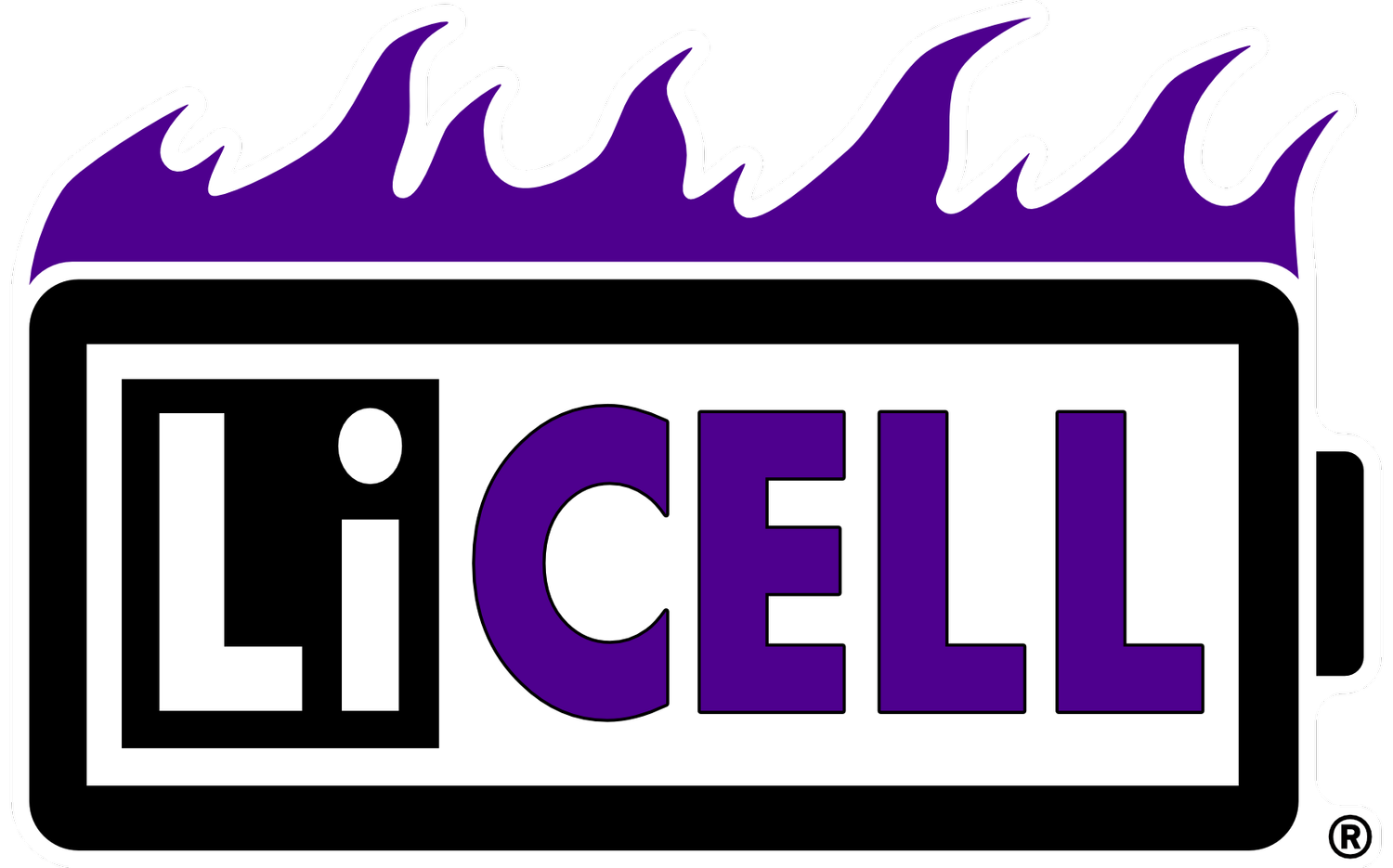Lithium Batteries
Fire Risk & Protection
Are lithium batteries a fire safety risk?
Lithium batteries are a fire safety hazard and since their invention in the 1970’s they have pose a challenge for conventional fire suppression. Today’s lithium batteries are safer than the designs, prototypes, and implementations of the 1970s, 1980s, and 1990s. However, lithium batteries continue to present a fire hazard and safety risk that has only grown due to their widespread by consumers and industries.
Today lithium batteries are now used in portable electronic devices (i.e., mobile phones, laptops, tablets, smart watches, etc.), toys, cordless power tools, drones, medical equipment, electric modes of transportation, and energy storage systems (ESS) for solar and wind power generation. The average person routinely uses multiple lithium battery powered devices daily and the technology’s usage continues to grow through continuing integration of lithium battery technology by product manufacturers.
This pervasive use of lithium battery technology in everyday life along with limited consumer awareness of its fire risk obscures the potential safety hazard to users. Lithium battery fires are real, and instances resulting in severe injury, death, and costly damage do occur. The use of lithium battery powered devices in industrial, office, school, home, vehicle, travel, and recreational settings increases the chance of encountering a lithium battery fire.
What causes lithium battery fires?
Lithium battery fires are the result of battery cell failure caused by the following:
Physical impact or penetration
Manufacturing defects
Internal cell failure
Short circuits
Overcharging
Overheating / Exposure to heat
What about conventional fire extinguishers?
The conventional fire extinguishing options currently in homes, vehicles, and place of works are not designed for handling the fire hazards that result from lithium battery cell failure.
Lithium battery cell failure leads to dangerous exothermic reactions in the chemical materials of the cell. These chemical reactions result in, thermal runaway, an uncontrolled positive feedback loop, that results in the release of the stored energy in the cell. This release of energy is in the form of heat which leads to release of hot flammable gases, catastrophic explosion, and fire.
The hot flammable gases produced by thermal runaway are hydrocarbons that are formed as the electrolyte dissociates. These hydrocarbons are toxic and burn vigorously at extreme temperatures and rapidly spread the fire to the surrounding battery cells and other flammable materials.
Thermal runaway in a damaged cell may even occur after an initial fire has been successfully suppressed. Fire extinguishers not designed to address thermal runaway provide inadequate protection against lithium battery fires. They may initially extinguish the fire only to have thermal runaway continue and ultimately result in fire reignition or an explosion in only seconds, or minutes, or hours after extinguishment of the initial fire.
How to protect against lithium battery fires
Fire extinguishers using AVD fire suppression agent have been independently tested to extinguisher lithium battery fires and impede thermal runaway. LiCELL™ offers a range of AVD extinguishers to address your fire protection needs.
How prepared are you for a lithium battery fire? Are you protected?
